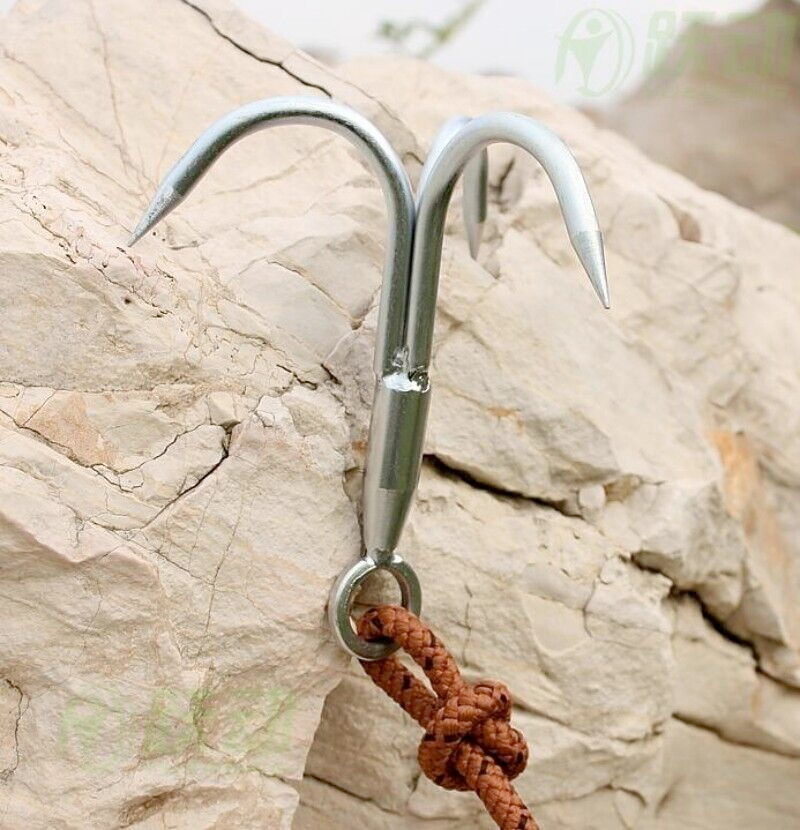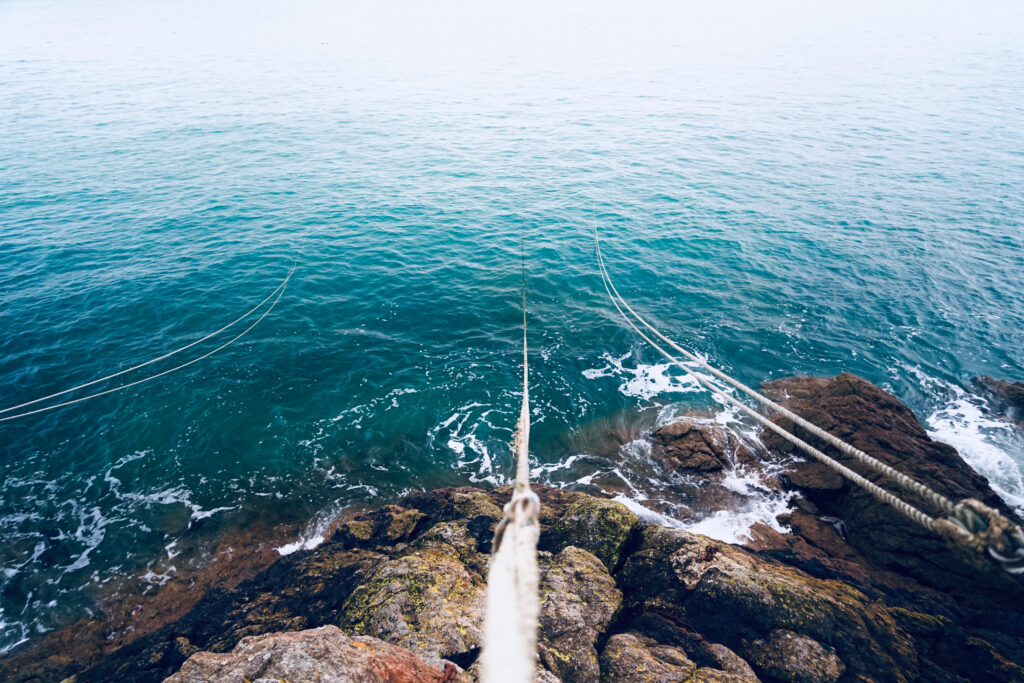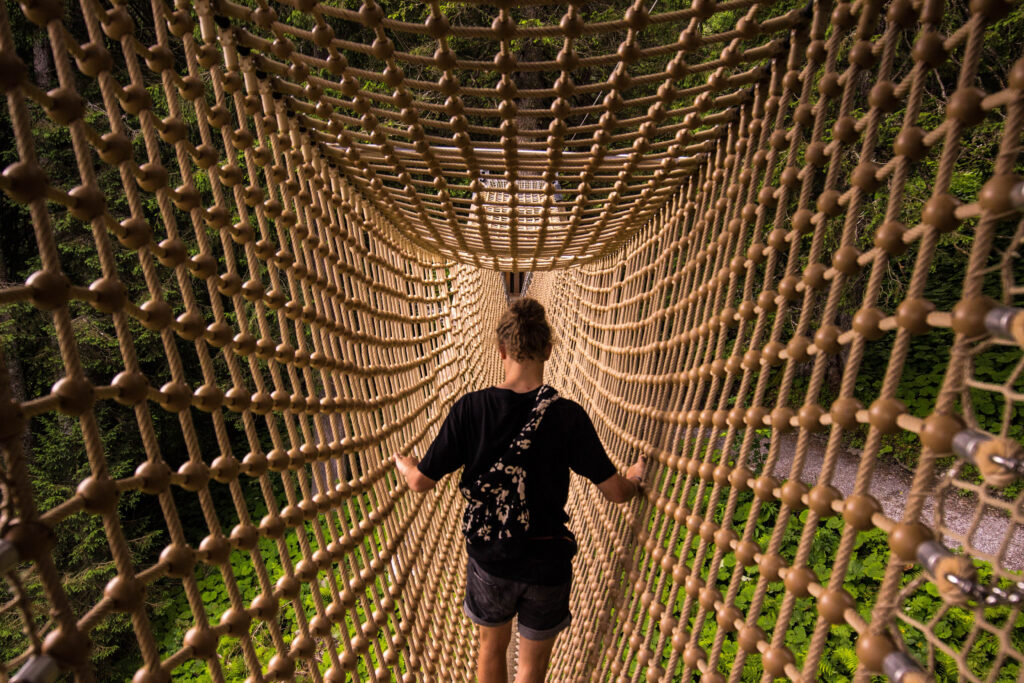Neurons in the brain are responsible for everything!
If neurons didn’t exist our bodies would do nothing. From the involuntary actions like breathing and pumping blood around the body, to the voluntary ones like walking and talking (or even going to the toilet), it’s a map of neurons firing at each other which do all of them.
So, when it comes to learning stuff – growing, developing, remembering from potty training what that sensation is that means you need the bathroom – it all comes down to one basic principle, and I often think of this metaphor when I’m learning something new. It’s also what I tell young people when they get stuck…

Imagine you’re on the edge of this cliff looking across the canyon to the other side, and it’s not far away if you could walk on air but miles if you had to find a suitable path. There’s a sheer drop down to the river below and you have the choice to turn back to safety or clamber across the void using the tools in your bag . I say this because I want you to remember that learning is a courageous choice to make, so let’s not take that for granted!
The first time you attempt the crossing you might tie a loop around the end of your rope and hope that as you throw it, it finds its way to a sturdy rock on the other side, but often that results in ‘failure’.

The second or third attempt you might try with a snag hook, realizing you have other tools at your disposal to answer the problem. It takes a couple of throws but eventually you find a crack in the opposing cliff and your rope sticks. In learning, it’s that first, ‘a-ha’ moment when something makes sense. The initial line has been cast across the canyon.
This is what happenas in your brain when you try to learn something new and particularly when you’re young. You’re firing off thoughts (like ropes) in all sorts of directions then organizing them and processing them in your sleep (which is why it’s important for young people to get lots of sleep!). The ropes you practice and the ones that work become the most ‘sticky’.
The neurons in specific areas of your brain are firing at each according to the task at hand: whether it’s language, memory, emotion, problem solving or even movement. Those skills you learned somewhere in your early childhood get called upon, and the relevant ones help you in the present to learn this new skill.
It takes practice and resilience to snag a rock on the opposite side of a canyon and the same can be said for learning the alphabet, learning how to get out of nappies, your timestables and reading. The difference is that as we get older we have more tools in our toolbox (the snag hook, longer rope, better coordination and aim) so we can use the previously learned thing to help us with the new one. For example, using your skill of reading and language when trying to access Shakespeare, or using your knowledge of timestables to help with answering simultaneous equations. If you’re not secure in one skill it makes the next ones harder to grasp, which is why it’s important sometimes to know what your knowledge gaps are.
Back to the metaphor.
So, you’ve had success once – you’ve thrown the rope and it hooked over. The challenge then becomes how to cross the canyon on just that one rope. It doesn’t sound very safe and if we were to come back to that rope a year later chances are it will have fallen, ripped, or become fragile. The same occurs in the mind. If you don’t use it, you lose it.
But the good news is that the opposite is also true. Each time you practice you make the skill more secure. You’re strengthening the rope between the canyons and even casting more of them each time. Think of it like this picture of multiple ropes being attached, all heading across the ocean to the other side.

The same is happening in your mind – the more you practice something, the more secure it becomes. So, if we cross the canyon the first time and then drill a bolt and hangar into the rock and run a new line back, we’ve got twice the chance of success at crossing. Do that multiple times and before you know it you’ve built a rope bridge cross the canyon, which is far easier to maintain when you next return than one measly rope.
Likewise with the neurons firing in your brain. They connect to one another to create a web and the more you practice that neural pathway, the more secure that memory, behaviour or belief becomes. If you keep telling yourself you can’t do something, your brain will begin to believe you. If you give up when something that’s good for you gets difficult then that’s a behaviour you’ll begin to learn. If you continue to re-live the memory of missing that penalty rather than the memories of the 5 times you scored, the chances are you’re setting yourself up to miss the next time. We can change the outcomes of these examples just the same as we can build a new rope bridge elsewhere on the canyon, but it takes effort and a rewiring of the neural pathways. You can say to yourself, “I haven’t understood this yet but I will soon.” You can take a break from a difficult project and promise yourself you’ll come back to it later (then actually come back!). You can visualise winning or being successful in something you’re working towards. These choices are actually strengthening the habits and beliefs in your mind just as if they were single ropes or a full rope bridge across a canyon. So it’s a much better use of your mental energy to build brain bridges that serve you rather than ones that lead off in unfulfilling directions.
The way I see it, the opportunity for the teenage years looks like this:
Take the lessons learned and the tools in the toolbox from childhood and begin to build rope bridges in areas of your life – strong bridges across the canyon of your health, your mindset, your personal beliefs, your relationships, your self-image, your dreams for the future. Understand where you are on the canyon right now and look across it, making informed and personalized choices about where you’d like to be. Then start learning and developing the habits, mindsets and beliefs you need in order to build your rope bridges in the places that serve you the best. In the picture below, imagine this person has been practicing a tennis serve for years and the rope bridge represents that skill in the neural pathways of his mind. How strong do you think his serve is? Pretty strong, right? What strong rope bridges do you already have in your mind?

That’s what we’re doing here at Morphise. Giving you opportunities to choose to build strong rope bridges in your mind so that as your brain grows through adolescence, you know who you are, what’s important to you and which habits and behaviours are going to serve you the best. Find out more below.
And if you’re reading this and you’re over 25, know that you can re-route, build and grow brain rope bridges too. It might take a little longer as we get older but neuroplasticity does not go away. In fact, the more we keep learning the better for our cognitive health, just like working any muscle.
